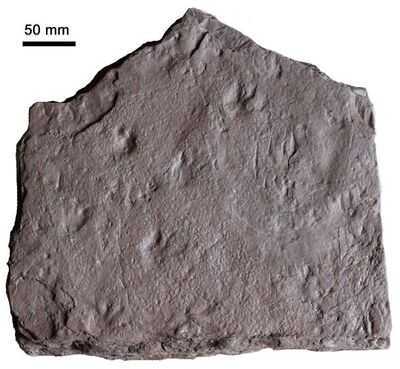Employee Pension Scheme: Most of the employees working in the private sector keep a part of their income as savings and investments for the future. In this process, PF (Provident Fund) comes out as a major and safe option, which provides financial security to the employees after their retirement. Along with this, EPS (Employee Pension Scheme) is a scheme that gives pension benefits to the employees. The purpose of this scheme is to provide financial security to the employees after retirement. Let us know what EPS is and what the conditions are that are required to be followed to get its benefits.
What is Employee Pension Scheme?
EPS, i.e., Employee Pension Scheme, is a pension scheme that is operated by the Employees Provident Fund Organization (EPFO).
The employee gets the benefit of this scheme after 10 years of service, and it provides assured financial assistance in the form of a pension at the time of retirement. Under this scheme, employees have to follow certain terms and conditions to get the benefit of a pension.
Introduction and Management of EPS
Employee Pension Scheme 1995 (EPS-95) was started by EPFO on 19 November 1995.
Under this scheme of EPFO, 9 years and 6 months of service is also considered equal to 10 years, but if the job time is less than 9 and a half years, then it will be counted only as 9 years. In such a situation, employees cannot avail the benefit of a pension, but they can withdraw their deposited money even before retirement.
Calculation of PF | Employee Pension Scheme
A part of the salary of employees working in the private sector is deposited in the PF account every month. Under this, 12 percent of the basic salary and DA (Dearness Allowance) of the employees is deposited in their PF account every month.
If the employee has worked in a private job for 10 years, then he starts getting the benefit of a pension. In such a situation, both EPF and EPS (Employee Pension Scheme) contribute, which becomes a part of the pension after retirement in the future.
Question of pension on tenure less than 10 years:
Now the question arises that if an employee works in an organization for 5 years and then works in another organization for 5 years, will he get the benefit of a pension (Employee Pension Scheme)? Or what if there is a gap between two jobs?
In this case, any employee can combine the PF of both the jobs under his old UAN number without changing the UAN (Universal Account Number).

What is a UAN number?
UAN (Universal Account Number) is a 12-digit unique number that is provided by EPFO to every member. This number remains constant throughout the career of the employees, and it remains the same, whether the employee changes his job or goes to a new company. There can be multiple member IDs linked to UAN, but all IDs are linked to the same UAN. This system helps employees to track their PF amount despite changing their job.
Conclusion:
The Employee Pension Scheme (EPS) is a great way to provide financial security to employees after retirement. However, it is necessary to follow certain conditions to avail this benefit. By saving regularly through EPF, employees can become eligible for pension under EPS. By properly managing the UAN number, employees can link their PF accounts in their old and new jobs and avail pension benefits in the future.
Read More
Planning For Retirement? Get ₹20,000 Every Month With The Senior Citizen Saving Scheme
Know These Important Things Before Taking a Home Loan, So That The Loan Does Not Become a Burden
Post Office Vs Bank FD : How Much Return Is Being Received On Depositing An Amount of 5 Lakhs With a Tenure Of 3 years, Know The Calculation









